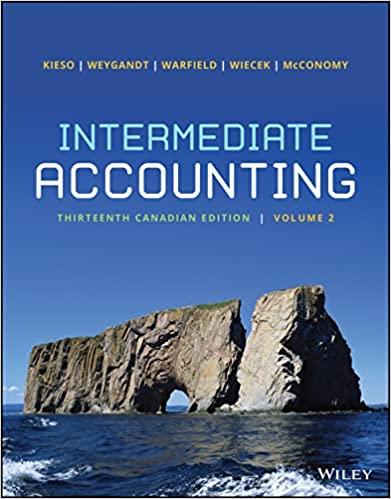Answered step by step
Verified Expert Solution
Question
1 Approved Answer
INVOLVE was incorporated as a not-for-profit organization on January 1, 2023. During the fiscal year ended December 31, 2023, the following transactions occurred. A business
INVOLVE was incorporated as a not-for-profit organization on January 1, 2023. During the fiscal year ended December 31, 2023, the following transactions occurred.
- A business donated rent-free office space to the organization that would normally rent for $36,400 a year.
- A fund drive raised $192,000 in cash and $114,000 in pledges that will be paid next year. A state government grant of $164,000 was received for program operating costs related to public health education.
- Salaries and fringe benefits paid during the year amounted to $209,960. At year-end, an additional $17,400 of salaries and fringe benefits were accrued.
- A donor pledged $114,000 for construction of a new building, payable over five fiscal years, commencing in 2025. The discounted value of the pledge is expected to be $95,660.
- Office equipment was purchased for $13,400. The useful life of the equipment is estimated to be five years. Office furniture with a fair value of $11,000 was donated by a local office supply company. The furniture has an estimated useful life of 10 years. Furniture and equipment are considered net assets without donor restrictions by INVOLVE.
- Telephone expense for the year was $6,600, printing and postage expense was $13,400 for the year, utilities for the year were $9,700 and supplies expense was $5,700 for the year. At year-end, an immaterial amount of supplies remained on hand and the balance in accounts payable was $5,000.
- Volunteers contributed $16,400 of time to help with answering the phones, mailing materials, and various other clerical activities.
- It is estimated that 90 percent of the pledges made for the 2024 year will be collected. Depreciation expense is recorded for the full year on the assets recorded in item 5.
- All expenses were allocated to program services and support services in the following percentages: public health education, 35 percent; community service, 30 percent; management and general, 25 percent; and fund-raising, 10 percent.
- Net assets were released to reflect satisfaction of state grant requirements that the grant resources be used for public health education program purposes.
- All nominal accounts were closed to the appropriate net asset accounts.
- Prepare journal entries to record these transactions. Expense transactions should be initially recorded by object classification; in entry 9, expenses will be allocated to functions. (If no entry is required for a transaction/event, select "No Journal Entry Required" in the first account field. Round the intermediate and final answers to the nearest dollar amount.)
11. a Record the closure of all nominal accounts at year end.
11. b. Record the transfer of contributions to net assets with donor restrictions account.

Step by Step Solution
There are 3 Steps involved in it
Step: 1

Get Instant Access to Expert-Tailored Solutions
See step-by-step solutions with expert insights and AI powered tools for academic success
Step: 2

Step: 3

Ace Your Homework with AI
Get the answers you need in no time with our AI-driven, step-by-step assistance
Get Started


